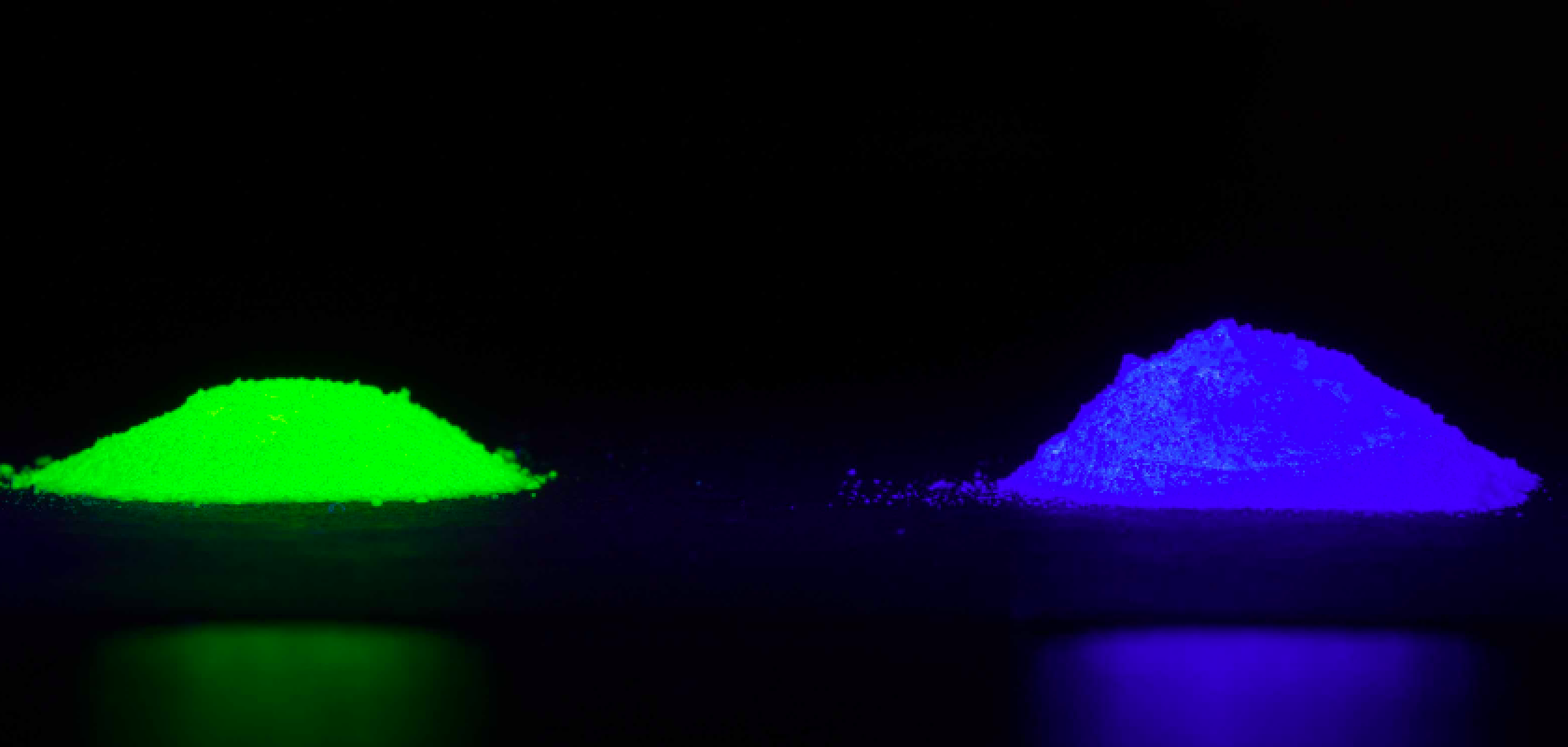A collaboration between Tohoku University and the Massachusetts Institute of Technology (MIT) has led to the creation of a new AI tool that can predict the optical properties of materials with the accuracy of quantum simulations but at a speed millions of times faster.
Led by Nguyen Tuan Hung, an assistant professor at Tohoku University, and Mingda Li, an associate professor at MIT, the team has introduced a new AI model capable of predicting optical properties across a broad spectrum of light frequencies using only a material’s crystal structure, as detailed in Advanced Materials.
Obtaining the optical spectra of materials
Understanding the optical properties of materials is crucial for the development of optoelectronic devices, such as LEDs, solar cells, and photonic integrated circuits. However, calculating these properties using traditional physics-based methods requires significant computational power, making it difficult to test a large number of materials quickly.
Recognising that solving this challenge could pave the way for the discovery of new materials for energy conversion, providing deeper insights into the physics of materials through their optical spectra, the researchers began their work.
While obtaining complete optical spectra in experiments is often challenging due to the limitations of laser wavelengths, and simulations require immense computational resources, machine learning offered a promising route.
Nguyen explained: “Optics is a fascinating aspect of condensed matter physics, governed by the causal relationship known as the Kramers-Krönig (KK) relation. Once one optical property is known, all other optical properties can be derived using the KK relation. It is intriguing to observe how AI models can grasp physics concepts through this relation.”
Ryotaro Okabe, a chemistry graduate student at MIT, expanded on how optical predictions have previously been made. Okabe said: “Machine-learning models utilised for optical prediction are called graph neural networks (GNNs). GNNs provide a natural representation of molecules and materials by representing atoms as graph nodes and interatomic bonds as graph edges.”
However, in spite of GNNs showing potential, they struggle to universally represent crystal structures, and therefore have shortcomings.
Enabling precise optical predictions
To address this, the research team developed a universal ensemble embedding method, which allows multiple models or algorithms to unify data representation and improve prediction accuracy.
Abhijatmedhi Chotrattanapituk, an electrical engineering and computer science graduate student at MIT, noted: “This ensemble embedding goes beyond human intuition but is broadly applicable to improve prediction accuracy without affecting neural network structures.”
The new method not only enhances the AI’s precision but can be seamlessly applied to any neural network model. As Li explained: “This implies that universal embedding can readily be integrated into any machine learning architecture, potentially making a profound impact on data science.”
This technique enables precise optical predictions based solely on a material’s crystal structure, making it useful for applications such as screening materials for solar cells and detecting quantum materials.
Looking ahead, the researchers plan to expand the model’s capabilities by developing databases for additional material properties, including mechanical and magnetic characteristics.


